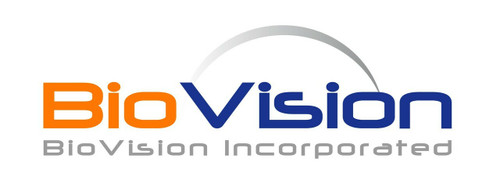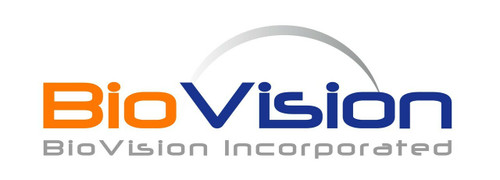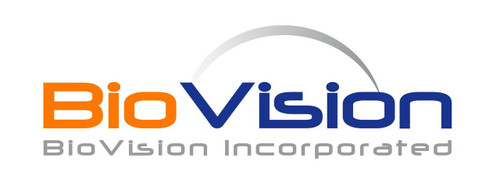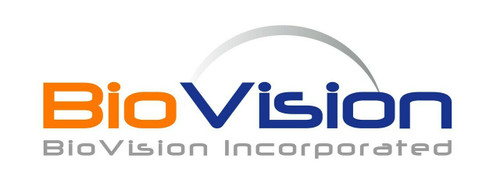Product Description
Carbonic anhydrase (CA) is an enzyme that catalyses rapid conversion of carbon dioxide to bicarbonate and protons (CO2 + H2O HCO3 + H+). Most carbonic anhydrases contain a zinc ion in their active site and the primary function of this enzyme is known to maintain acid-base balance in blood and other tissues, and to help transport carbon dioxide of tissues. Carbonic anhydrases have been found in all kingdoms of life. Recombinant carbonic anhydrase fused to His-tag, was expressed in E.coli and purified by conventional chromatography techniques. Specific activity is >450 pmol/min/ug, and is defined as the amount of enzyme that hydrolyze 1.0 pmole of 4-nitrophenyl acetate to 4-nitrophenol per minute at pH 7.5 at 37C.
Biovision | P1048 | Carbonic anhydrase-1 human recombinant DataSheet
Biomolecule/Target: CA1
Synonyms: CA1, CA-I, CAB
Alternates names: Melanoma differentiation association like protein, MDA1, NG.1, ZMDA1, IL-10C, IL-19
Taglines: Catalyzes the reversible hydration of carbon dioxide in various biological processes.
NCBI Gene ID #: 29949
NCBI Gene Symbol: IL19
Gene Source: Human
Accession #: Q9UHD0
Recombinant: Yes
Source: E. coli
Purity by SDS-PAGEs: 98%
Assay: SDS-PAGE
Purity: N/A
Assay #2: N/A
Endotoxin Level: N/A
Activity (Specifications/test method): Measured by its ability to hydrolyze 1.0 pmole of 4-nitrophenyl acetate to 4-nitrophenol per minute at pH 8 at 37C.
Biological activity: Test in process
Results: >300 pmol/min/ug
Binding Capacity: N/A
Unit Definition: N/A
Molecular Weight: 17.9 kDa
Concentration: N/A
Appearance: Liquid
Physical form description: In 20 mM Tris-HCl buffer (pH8.0) containing 1mM DTT, 10% glycerol
Reconstitution Instructions: Reconstitute in HO to a concentration of 0.1 to 1.0 g/l. It is recommended that further dilutions be made into buffer containing carrier protein or medium containing serum.
Amino acid sequence: N/A
 Euro
Euro
 USD
USD
 British Pound
British Pound
 NULL
NULL












